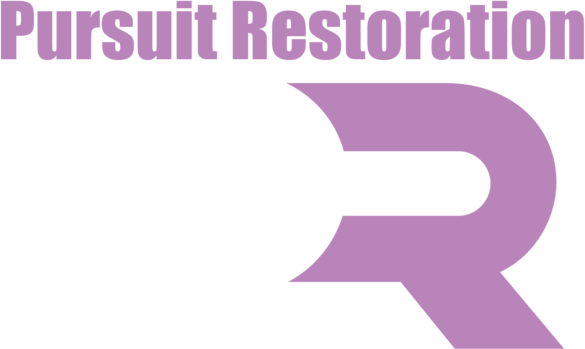MOLD REMEDIATION SERVICES
24/7 Emergency Response
Work With All Major Insurance Companies
2-Year Workmanship Warranty
Request Service
Hero Request Form
Thank you for contacting us.
We will get back to you as soon as possible
Please try again later
Effective Mold Remediation Solutions by Pursuit Restoration
Are you dealing with a mold problem in your home or business? Pursuit Restoration, your trusted local mold remediation expert, is here to help. Our team of certified technicians is equipped with superior tools and extensive knowledge to handle all types of mold issues in the Boise, Meridian, Eagle, Kuna, Garden City, and Nampa, ID area.
If your property has had water damage, you could have a mold problem. Mold comes in a variety of colors - black, green, yellow, brown, or white - and can be leathery, slimy, granular, or fuzzy in texture. Found mostly in basements, kitchens, or bathrooms, mold is difficult to eliminate. While not all mold gives off an odor, most varieties give off a musty or earthy aroma.
Mold is a health hazard, especially for those with allergies or asthma. Mold symptoms can present as an allergy. Our services include bacteria remediation using an S-520 air filter device to eliminate cross-contamination. We also use special HEP vacuums to remove residual sports after the sanitizing process.
Pursuit Restoration's IICRC-certified team members wear proper PPE when sealing off the infected areas of your property with plastic to create a containment area.
Don't let mold damage your property and health. Reach out to us today.
Why Choose Pursuit Restoration for Mold Remediation?
When it comes to mold remediation, Pursuit Restoration stands out for several reasons:
- Free estimates within 24 hours for non-emergency situations
- Over 15 years of experience in the field
- Locally owned business
- Emergency response available for urgent mold issues
- Competitive pricing without compromising on quality
- We work with all major insurance companies
Don't let mold take over your home or business. Contact Pursuit Restoration for efficient and effective mold remediation services.
Enjoy the Difference Pursuit Restoration Can Make With Mold Issues
At Pursuit Restoration, we believe in providing more than just a service. We unburden you with our comprehensive mold remediation solutions. Here's what sets us apart:
- More knowledgeable than our competitors, thanks to our master and technician certifications
- Superior equipment, ensuring effective mold removal
- 2-year workmanship warranty, and the materials we use are under warranty by the manufacturer
- Guarantee your satisfaction
Don't let mold continue to damage your property and health. Reach out to Pursuit Restoration today.
Reviews
Satisfaction Guaranteed for Mold Remediation Services
Call now!
(208) 207-7961
Related Restoration and Reconstruction Services
“We needed help with mold remediation in our crawlspace and were blessed when Pursuit came out to give us a bid so quickly. They then promptly began the work, even amid the busy holiday season! We are very thankful!”
- Erica
Learn More About
Pursuit Restoration
Serving the Boise, ID area, Pursuit Restoration specializes in water and fire damage restoration, mold remediation, and reconstruction. 24/7 emergency response. Work with all major insurance companies. 2-year workmanship warranty. Call for service.
service Area
Boise, Meridian, Eagle, Kuna, Nampa, Garden City,
and surrounding areas
Business Hours
- Mon - Sun
- Open 24 Hours
24/7 Emergency Response



Share On: